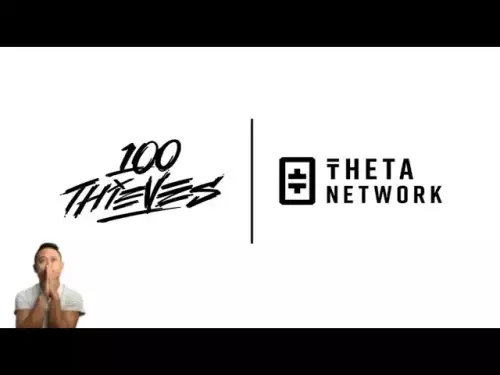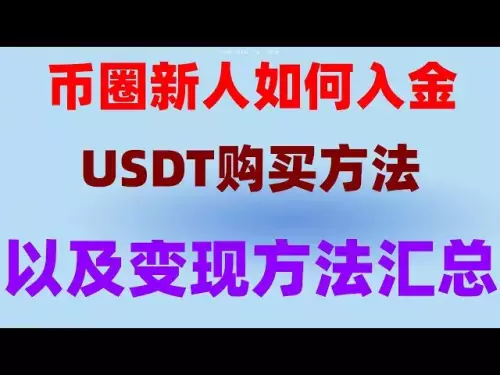Explore the innovative intersection of blockchain, memory solutions, and decentralized RAM, focusing on projects like Heirloom that are revolutionizing data ownership.

Blockchain, Memory, and Decentralized RAM: A New Era of Data Ownership
The dynamics surrounding 'Blockchain, Memory, Decentralized RAM' are rapidly evolving. Projects are emerging to tackle challenges in data handling, security, and scalability.
The Rise of Decentralized Memory
Traditional blockchain architectures often struggle with scalability and efficiency due to limitations in data propagation and memory access. Projects like Optimum are pioneering decentralized memory layers powered by Random Linear Network Coding (RLNC) to address these issues. RLNC optimizes data transmission by encoding data packets into linear combinations, enhancing bandwidth efficiency and reducing latency. Optimum's implementation has shown impressive results, with up to 20x bandwidth gains and 2x speed improvements.
Benefits of Decentralized RAM
- Scalability: Distributing memory access across multiple nodes allows blockchains to scale more effectively.
- Security: Decentralizing memory reduces the risk of single points of failure and enhances overall network resilience.
- Efficiency: Faster data propagation ensures blockchains can handle higher transaction volumes without compromising performance.
Heirloom: Returning Data Ownership to the People
In June 2025, Heirloom launched its public pre-sale, marking a significant step toward returning ownership of memory, data, and digital presence to individuals. Founded by Angela Benton, Heirloom offers a personal AI memory layer that is sovereign, portable, and rooted in ethical values. This platform ensures that creative output, life data, and digital identity are protected and governed on user terms.
Heirloom’s ecosystem includes:
- Decentralized Identity: Ensuring users control their digital identities.
- Data Provenance: Tracking the origin and history of data to ensure transparency and integrity.
- Regenerative Design: Creating systems that sustain and honor human contributions.
The Bigger Picture: A Decentralized Future
Beyond memory and data ownership, other projects are contributing to a more decentralized future. Sahara AI is decentralizing AI development and governance, while DeriW is creating zero-gas-fee decentralized exchanges. Pipe Network is reimagining content delivery with its decentralized architecture, and Botanix Labs is pushing Bitcoin's capabilities with federated sidechains. Nexus is even developing a decentralized supercomputer, demonstrating the vast potential of distributed computing power.
My Take
It’s exciting to see projects like Heirloom championing ethical data ownership. In a world increasingly dominated by AI, giving individuals control over their data and digital identities is crucial. By prioritizing data portability and ethical use, Heirloom sets a new standard for how technology and people can coexist. For instance, imagine having full control over how your personal data is used to train AI models—that’s the kind of future Heirloom is building.
Conclusion: Embracing the Decentralized Revolution
From decentralized memory layers to AI integration and zero-gas-fee exchanges, the blockchain space is rapidly evolving. These innovations are shaping the future of technology and redefining the boundaries of decentralization. It’s a wild ride, but one thing’s for sure: the future is decentralized, and it’s looking brighter than ever! Now, if you'll excuse me, I'm off to explore these new frontiers. Catch you on the blockchain!
Disclaimer:info@kdj.com
The information provided is not trading advice. kdj.com does not assume any responsibility for any investments made based on the information provided in this article. Cryptocurrencies are highly volatile and it is highly recommended that you invest with caution after thorough research!
If you believe that the content used on this website infringes your copyright, please contact us immediately (info@kdj.com) and we will delete it promptly.














































































